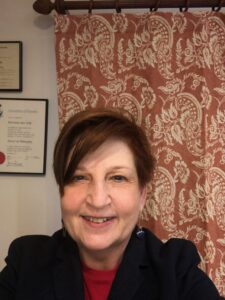Article Summary by Rosemary J Jolly
I use the Humanities to expose how we conceive of the human as a construction that can be changed. I counter Enlightenment Man, the basic ‘unit’ of Western medicine, with the African humanism of Es’kia Mphahlele. Mpahlele describes humans as needing to live with, rather than exploiting, non-human animals and humans that are considered less-than-human. This “living with” is illustrated by a South African HIV/AIDS novel called The Reactive, written by Masande Ntshanga.
What does decolonization have to do with concepts of the human and pandemics? The idea of the Western Human sees humans as commanding their environment. This Human considers land acquisition and slave or cheap labour to develop it, crucial. Colonial capitalism increases the interface between human and non-human, wild animals in contexts in which the gaps between rich and poor are vast: A context that drives pandemic ecologies. The idea that the poor can ‘catch up’ with the wealthy is a fiction, too: we would need, for example, 5.1 more worlds in everyone lived like the average American citizen. None of this is sustainable. The way we live is itself the sickness.
While there has been heaps of discussion about decolonizing Global health, very few have described what this looks like in the clinical encounter. The techniques I propose move that encounter away from resembling a confessional, in which the patient is constantly obliged to ‘own up’ to poor living conditions that are the result of colonial capitalist violence that they can do nothing about. I show how flows of information can be reversed from global South to global North. This can only happen if the North develops a listening skill that is also a form of waiting-with communities in need; that is, a waiting-with that includes western-trained healers listening, as in learning from, communities that fall outside the norms of the Western Human.
 If you want to see where some folks in the seventies donated a piece of heart transplant equipment to that couldn’t be used – and where I lived for three years as a kid – take a look at this photo of the St James Mission Hospital.
If you want to see where some folks in the seventies donated a piece of heart transplant equipment to that couldn’t be used – and where I lived for three years as a kid – take a look at this photo of the St James Mission Hospital.
The flat area in front of the hospital is the airstrip. In the forefront are the huts that used to be used for pregnant mothers who lived so far away they came to live in those huts communally for the last weeks of pregnancy. One baby did ‘land’ on the airstrip when his mother left crossing it to get to the hospital for the last moment. He was named Sefofane (Sotho): Aeroplane!
Read the full article on the Medical Humanities journal website.